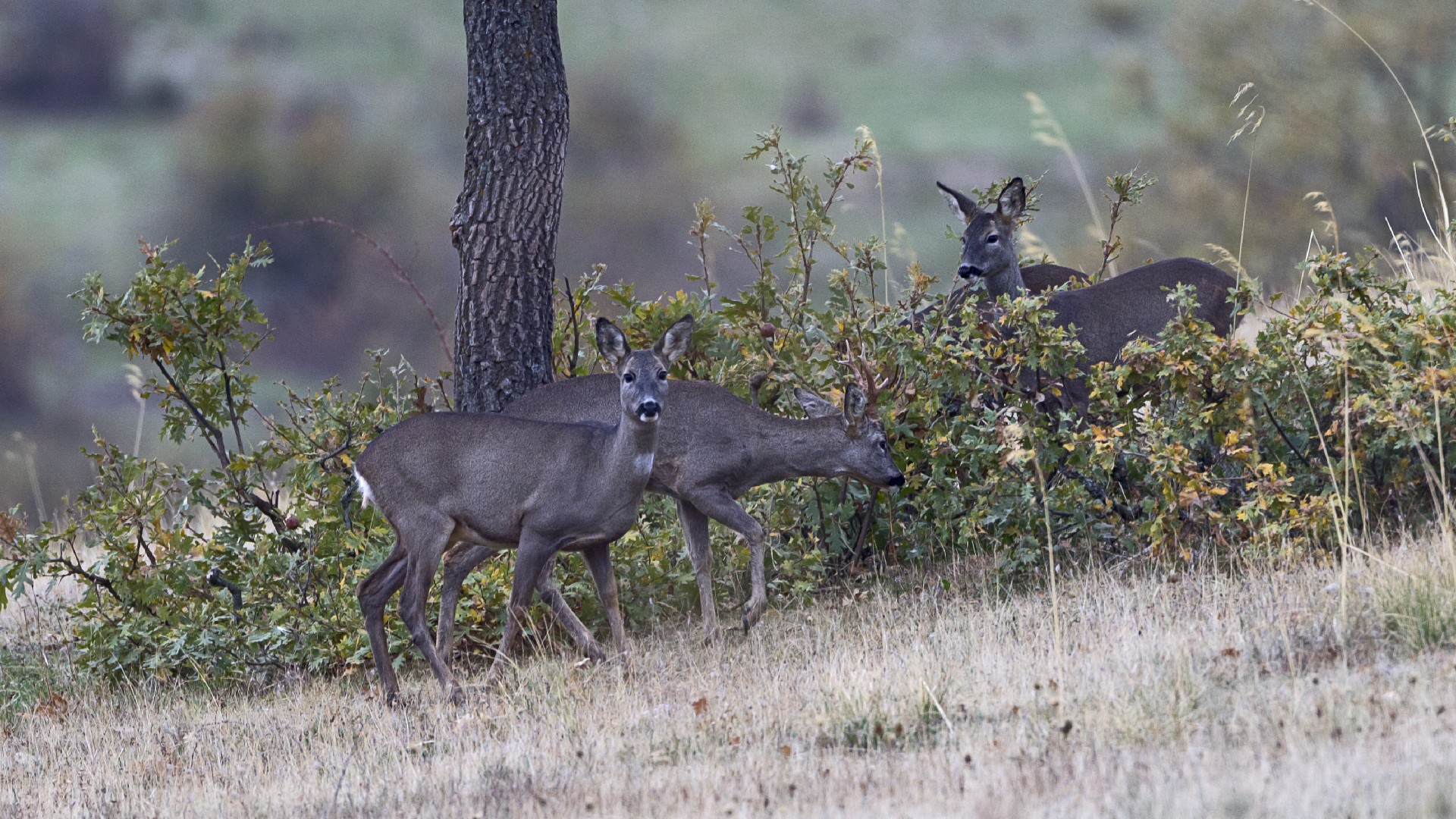Roe deer
A species of Deer, Also known as Western roe deer, Roebuck Scientific name : Capreolus capreolus Genus : Deer
Roe deer, A species of Deer
Also known as:
Western roe deer, Roebuck
Scientific name: Capreolus capreolus
Genus: Deer
Content
Description General Info
 Photo By Juan lacruz , used under CC-BY-SA-4.0 /Cropped and compressed from original
Photo By Juan lacruz , used under CC-BY-SA-4.0 /Cropped and compressed from original Description
The deer originally settled in forest edge zones and clearings. However, a number of very different habitats have successfully opened up and now also occurs in open, almost coverless agricultural steppes. Startled deer usually seek protection in thickets with just a few quick jumps. Because of this and because of some morphological features, the so-called "hatchet type" is assigned. Deer are ruminants and are called selectors because they prefer to feed protein-rich feed. During the summer half-year the deer lives mostly individually or in small groups, consisting of a rick and their fawns, in winter jumps are formed, which usually comprise more than three or four animals. Deer that live in the open agricultural landscape form jumps of more than twenty individuals.
General Info
Lifespan
6-12 years
Diet
Roe deer is a predominantly browser whose diet features a variety of herbaceous plants, fruits, and buds. It tends to favor bilberries, brambles, forbs, viburnum, and acorns. Seasonal shifts dictate its food consumption, with more reliance on tree and shrub elements in the cooler months.
Appearance
Roe deer is a small to medium-sized ungulate covered in a coat that shifts from reddish-brown in summer to greyish-brown in winter. They are characterized by a compact body, long legs, and a short tail. Their head is wedge-shaped with large, dark eyes and males bear short, three-pointed antlers. Distinctive features include a white rump patch and throat patch, which is more prominent in males. Juveniles are distinguished by their spotted coat.
Behavior
Roe deer are crepuscular, more active during twilight hours. Mainly solitary, males become territorial in breeding season, using scent glands to mark territory. Their survival instincts include excellent camouflage and swift running to evade predators. Foraging for vegetation forms their primary activity.
Population
Increasing